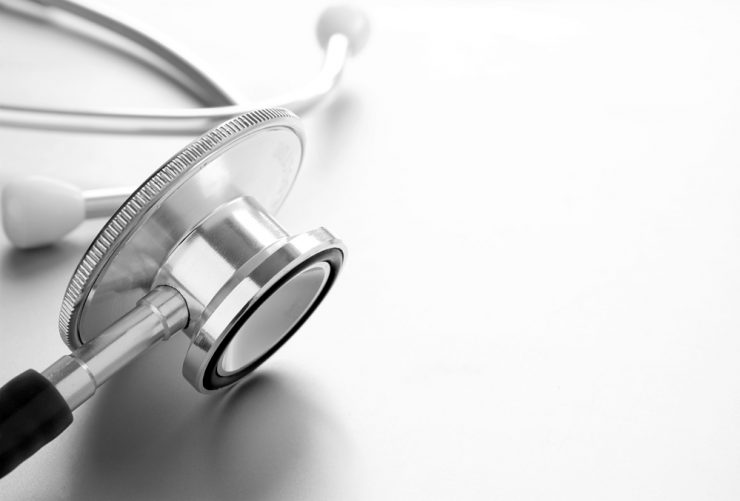Warts are benign lumps or bulges that develop on the skin with the same colour as that of it. It is frequently seen in hands and feet of a person. It may differ according to the area affected and the type of skin. A verruca is the condition in which the warts develop on the sole of the foot.
Human papilloma virus (HPV) is the causative organism responsible for this condition. This virus enhances the growth of keratin which is an embedded protein in the skin layers and is the reason behind the course and rough texture of it.
Most of the people develop this before they are 20. Compared to adults, it is more common in children. People with atopic eczema or compromised immune status are more at risk to develop warts.
Symptoms
Warts are of numerous types and the size of it ranges from 1mm to more than 1cm. They do not experience pain unless it affects the foot or present beneath the nails.
Common warts
Verruca vulgaris looks similar to be a cauliflower. They mostly affect the knuckles fingers elbows, and knees.
Verrucas:
Also called as plantar warts, these affect the soles of feet.
Plane warts: Also called verruca plana these are round shaped and appear yellow in colour. These are not common in adults.
Filiform warts: Filiform warts are also called as verruca filiformis and mostly affect eyelids, armpits, or neck.
Mosaic warts: These grow in group and are seen on hands (palmar warts) and feet.
Causes
Human papilloma virus (HPV)is the causative organism. It is spread through skin to skin contact. An affected person can also transfer to other body parts by scratching or biting a wart, nail biting habit and shaving.
The infection is more likely to spread if the skin is damaged or wet.
Treatment
In most of the cases active management is not needed as it will get cured itself though it may take some time.
Salicylic acid: It can cure warts within 12 weeks of treatment.
Treatment with duct tape: The effectiveness is not still clear. This involves the use of an adhesive tape for a minimum of six days. After soaking the wart in warm water a pumice stone is used to drape the dead tissues.
Cryotherapy: Nitrogen stored at very low temperature is used to destroy the wart cells. It takes 5 – 15 minutes for the treatment to get over and is painful often.
Treatment during pregnancy:
Salicylic acid is the preferred method employed as it involves only a less area.
Surgery: Usually surgical removal is not commonly employed. The reason is that warts may recur and the surgery will leave marks behind.
Other surgical options include:
Laser treatment – a sharp beam of laser is projected over the wart.
Eelectrocautery – electric current is used to burn the wart.
Photodynamic therapy – an absorbed chemical when activated with light destroys the cells.
Chemical treatments
Chemicals such as formaldehyde, glutaraldehyde, and podophyllin are widely used in wart management.










